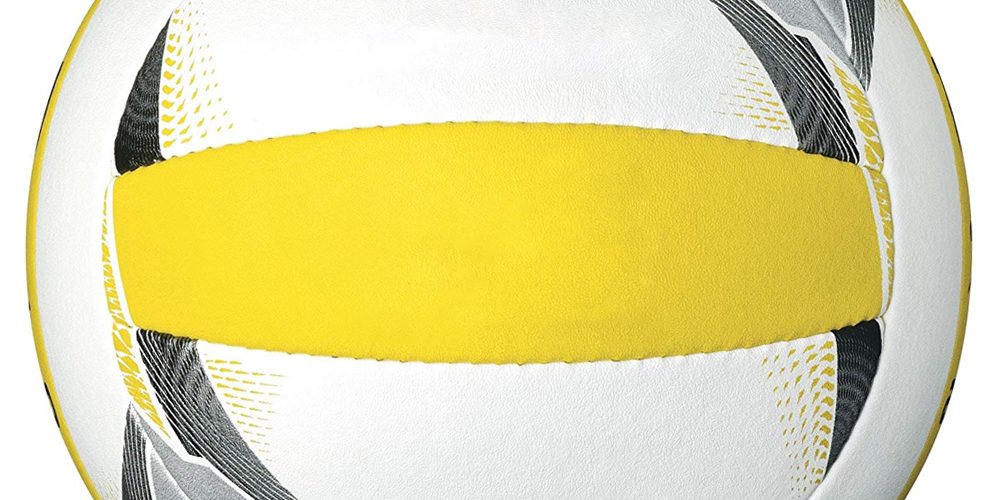Introduction: Effective communication is the glue that holds a volleyball team together. This article delves into the importance of communication on the volleyball court, exploring how players use verbal and nonverbal cues to coordinate plays, make split-second decisions, and foster teamwork.
1. Court Awareness: Communication begins with court awareness. Players must track the ball, teammates, opponents, and the state of play to make informed decisions.
2. Nonverbal Signals: Nonverbal signals, such as hand gestures and eye contact, convey crucial information. Liberos and setters often use nonverbal cues to indicate play directions.
3. Quick Callouts: Quick callouts during the game keep players informed. Simple commands like “mine,” “yours,” or “switch” prevent confusion and overlapping responsibilities.
4. Calling the Ball: Calling the ball is essential to avoid collisions. Players vocalize their intent to hit or set the ball to ensure safe play.
5. Blocking Communication: Blocking requires synchronized communication. Players use calls like “up,” “over,” or “help” to coordinate block placements and responsibilities.
6. Setters’ Calls: Setters communicate with hitters to indicate set preferences. Verbal cues like “high,” “quick,” or “back” guide hitters in adjusting their approach.
7. Post-Play Feedback: Feedback after plays enhances understanding. Players discuss successes, errors, and adjustments to refine communication for future rallies.
Conclusion: Communication is the lifeline of volleyball. By fostering clear and effective communication, teams enhance their coordination, decision-making, and overall performance on the court.








